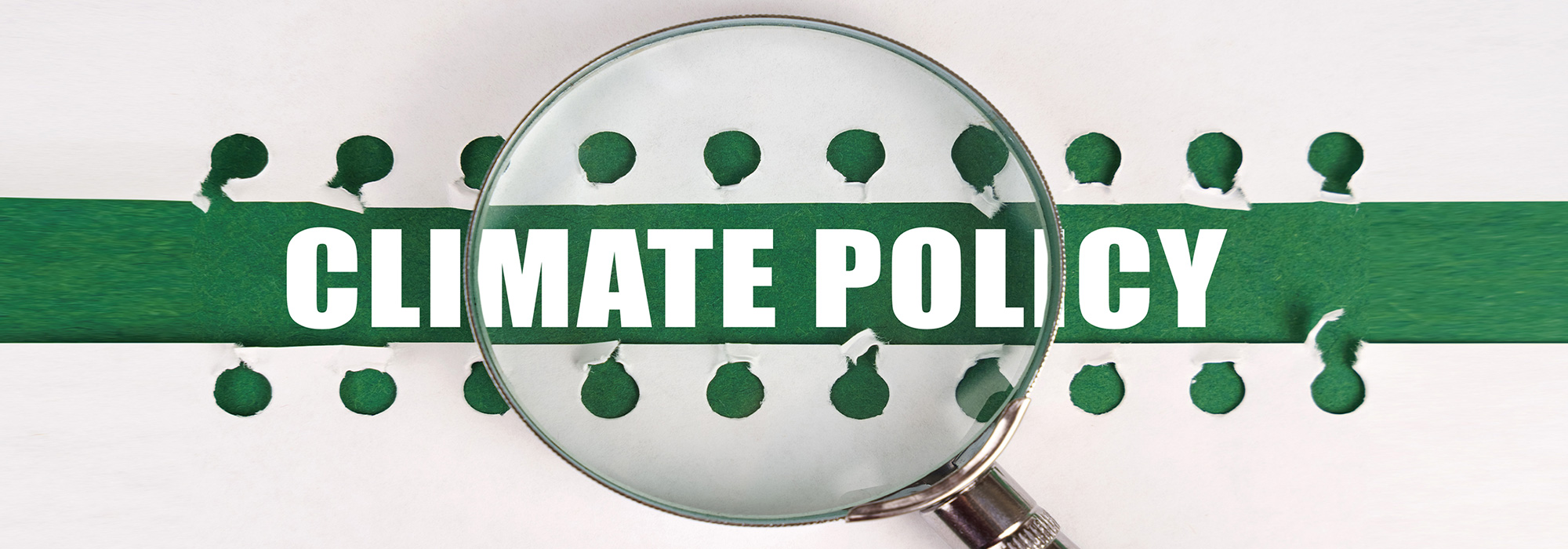Climate Policy
From the local to the international level, non-profit, business, and governmental leaders are responding to the urgency of climate change and the need to protect our planet, and already have proven effective. The reduction in greenhouse gas emissions since 2014 has already bent the emissions curve—instead of warming 4 degrees Celsius for 2100, the planet will only increase 3 degrees. Thousands of new initiatives and countries around the world are committing to even greater reductions in emissions.
Collective action since the early days of the environmental movement has already made a difference in protecting our planet:
- The ozone hole threat from refrigerants has been averted through international agreements to ban dangerous chemicals.
- The bald eagle and more wildlife is flourishing due to policy that banned the use of toxic chemicals.
- The threat of acid rain in the US has receded since the 1970s—you can hang your clothes outside to dry without worrying that the acid in the rain will burn holes in the fabric.
- International efforts include the creation of marine sanctuaries and protected areas. Between 2010 and 2020, “over 21 million km2 has been placed within protected and conserved areas.”
Federal, state and local governments have three basic levers to affect climate change:
- Lead by example. By upgrading their buildings, their fleet transportation, etc, they can show what can be done.
- Funding. Using a carrot and stick approach, government help move the private economy to adopt greener policies. In truth most of governmental policies tend to offer incentives rather than penalties. Penalties are rarely used tools except in extreme cases.
- Regulation. The regulatory agencies at all levels of government can help by removing subsidizes subsidies/incentives from the fossil fuel industry and leveling the playing field.
Collective action is making a big difference, and we can continue to push for protection of our climate.

